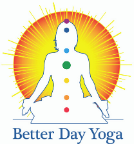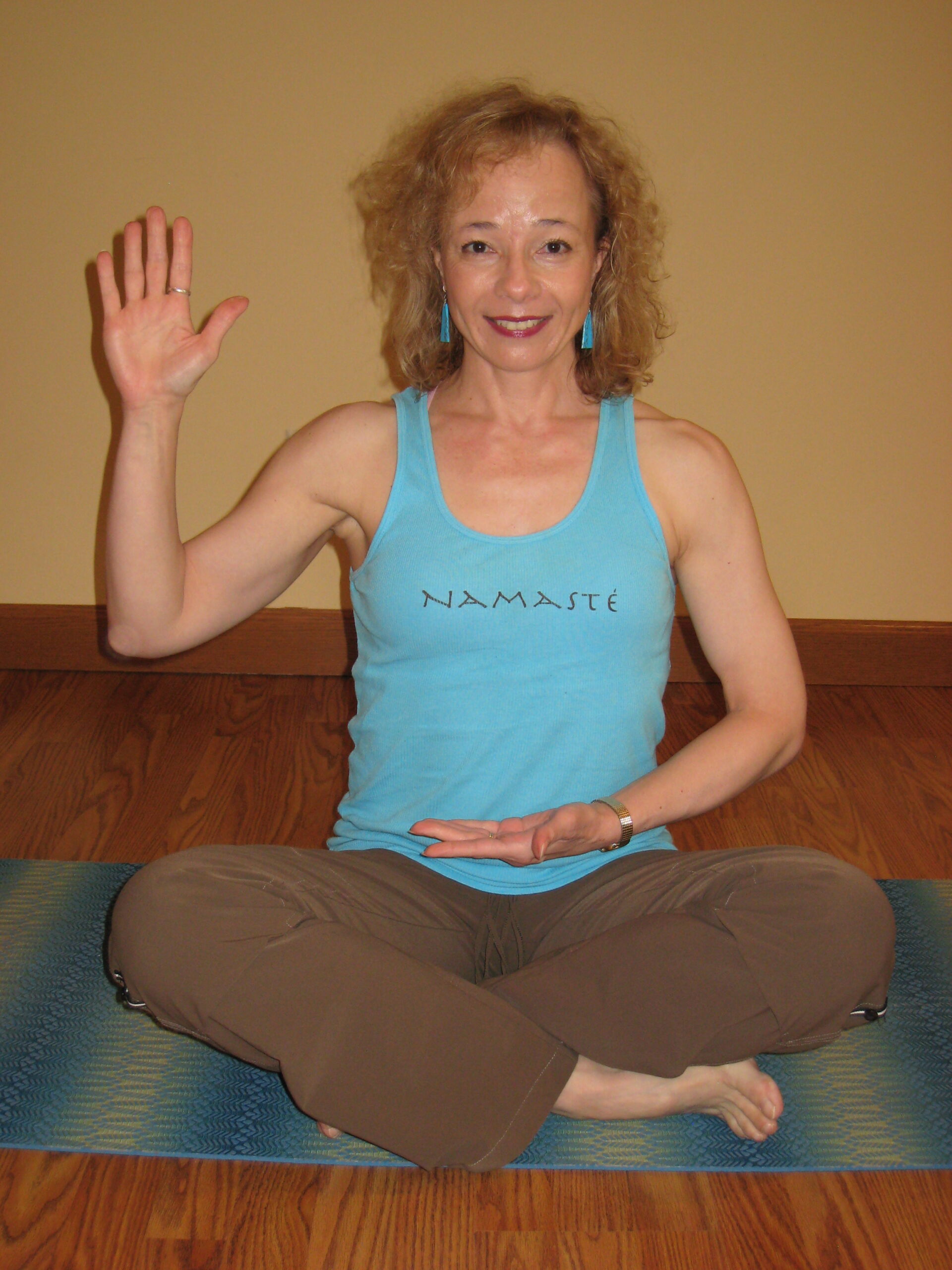 Mudra means “seal” in Sanskrit. It’s a symbolic or ritual gesture using primarily the hands. Each position is believed to have a specific effect. Specific positions can lead to specific states of consciousness symbolized by the hand positions. For example, if a person frequently and with feeling does a position of fearlessness, they will also be freed from fearfulness in time. Mudras are said to engage areas of the brain and/or soul influencing them, sometimes physically, by their use—not unlike an affirmation, or reflexology for that matter.
Mudra means “seal” in Sanskrit. It’s a symbolic or ritual gesture using primarily the hands. Each position is believed to have a specific effect. Specific positions can lead to specific states of consciousness symbolized by the hand positions. For example, if a person frequently and with feeling does a position of fearlessness, they will also be freed from fearfulness in time. Mudras are said to engage areas of the brain and/or soul influencing them, sometimes physically, by their use—not unlike an affirmation, or reflexology for that matter.
“One way that all of us can better care for ourselves is by developing techniques for coping
with the irritations and anxiety that are part of life…
Think of these gestures as self-talk for your hands. These simple movements, the gestures
that we often make unconsciously, can help us focus on our work, calm ourselves, release anger and energize us. Used for centuries by many different cultures, mudras are seen in Eastern dance and meditation, in ancient Egyptian friezes, even in Byzantine icons of Christ. Most of us use them today, too: we wave goodbye, we press a hand to our chest in distress, we wriggle our fingers to release energy, or press fingertips together to calm ourselves.
Easy to learn, mudras can be done anywhere, at any time: at traffic lights, in meetings, in
airplanes, when we’re arguing, when we’re grieving, when we need to prepare for sleep. The word mudra can be translated from the Sanskrit as that which brings inner peace, and that s what mudras are: a physical means of quieting our bodies.” Product description for Mudras: Ancient Gestures to Ease Modern Stress by Emily Fuller Williams.
Mudra for Courage: Release fear
Since I talked about finding my courage was within me all along—just like the Cowardly Lion from The Wizard of Oz, I’m choosing a mudra for courage and releasing fear. This particular mudra was listed in a group of mudras entitled “Reframe thinking group”—just like the Cowardly Lion only had to reframe his thinking to realize the courage was there all along.
Posture:
- Sit Straight and tall
- Raise your right hand with your elbow bent, palm facing outward with fingers and thumbs straight up. (Right hand asks for help. Left hand accepts the help.)
- Breathe deeply and slowly for 3 minutes. Inhale protection, exhale defeat

.
Special note: Affirm: “I feel safe and protected.”
Time: Try a mudra for 3 minutes. You may want to increase or decrease the time depending on how you feel when you do it.
Comments: Some say, with this mudra, you are asking for protection from whomever you put your faith in, which will vary according to your faith tradition. Sometimes when we’re afraid we may attract what we fear. This mudra increases your courage.
Source: Mudras—Ancient Gestures to Ease Modern Stress by Emily Fuller Williams.
Book description:
One way that all of us can better care for ourselves is by developing techniques for coping
with the irritations and anxiety that are part of life. That’s why we’re introducing this book on mudras.
Think of these gestures as self-talk for your hands. These simple movements, the gestures
that we often make unconsciously, can help us focus on our work, calm ourselves, release anger and energize us. Used for centuries by many different cultures, mudras are seen in Eastern dance and meditation, in ancient Egyptian friezes, even in Byzantine icons of Christ. Most of us use them today, too: we wave goodbye, we press a hand to our chest in distress, we wriggle our fingers to release energy, or press fingertips together to calm ourselves.
Easy to learn, mudras can be done anywhere, at any time: at traffic lights, in meetings, in
airplanes, when we’re arguing, when we’re grieving, when we need to prepare for sleep. The word mudra can be translated from the Sanskrit as that which brings inner peace, and that’s what mudras are: a physical means of quieting our bodies.


